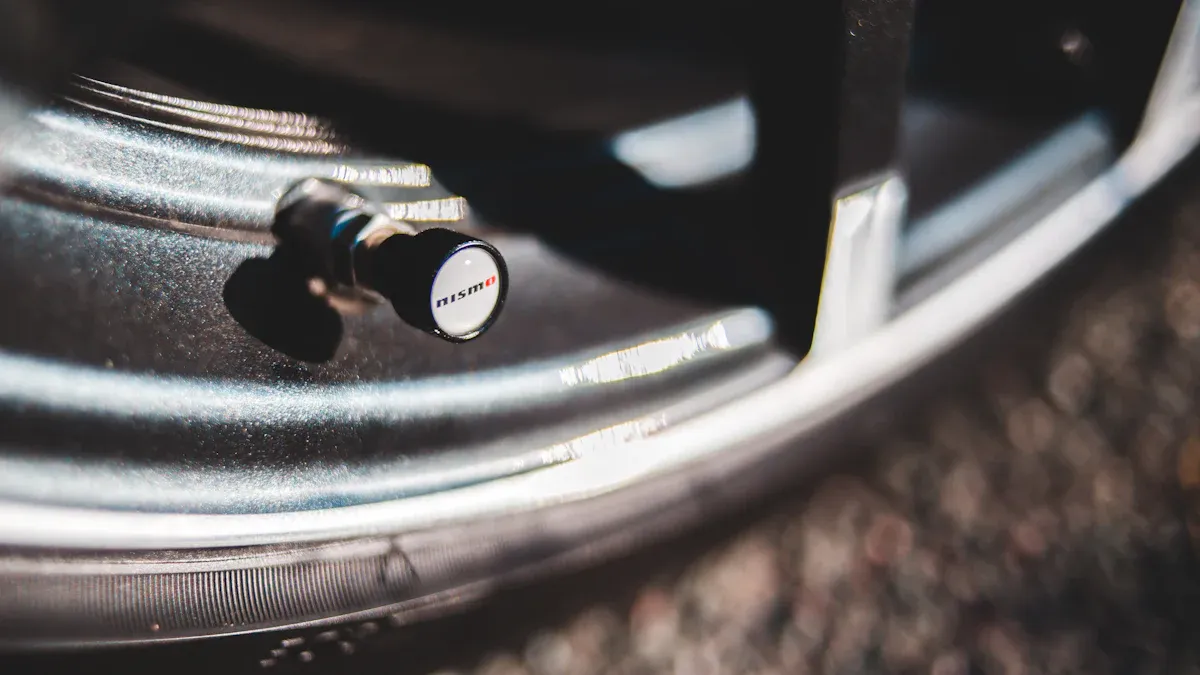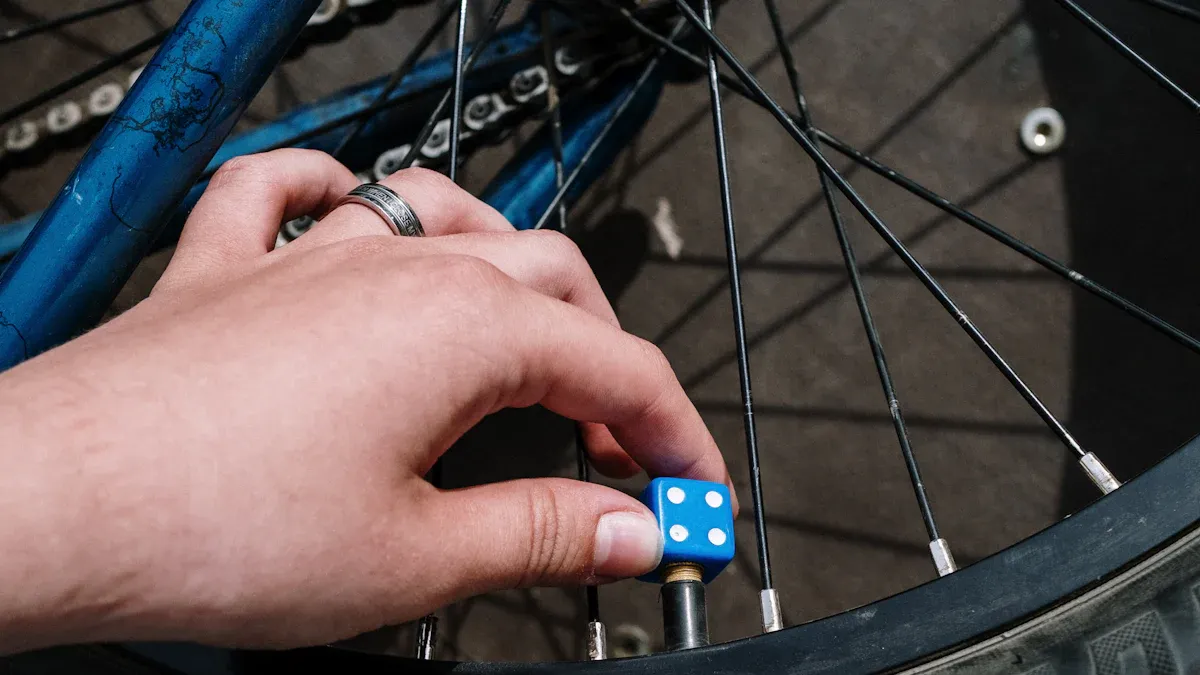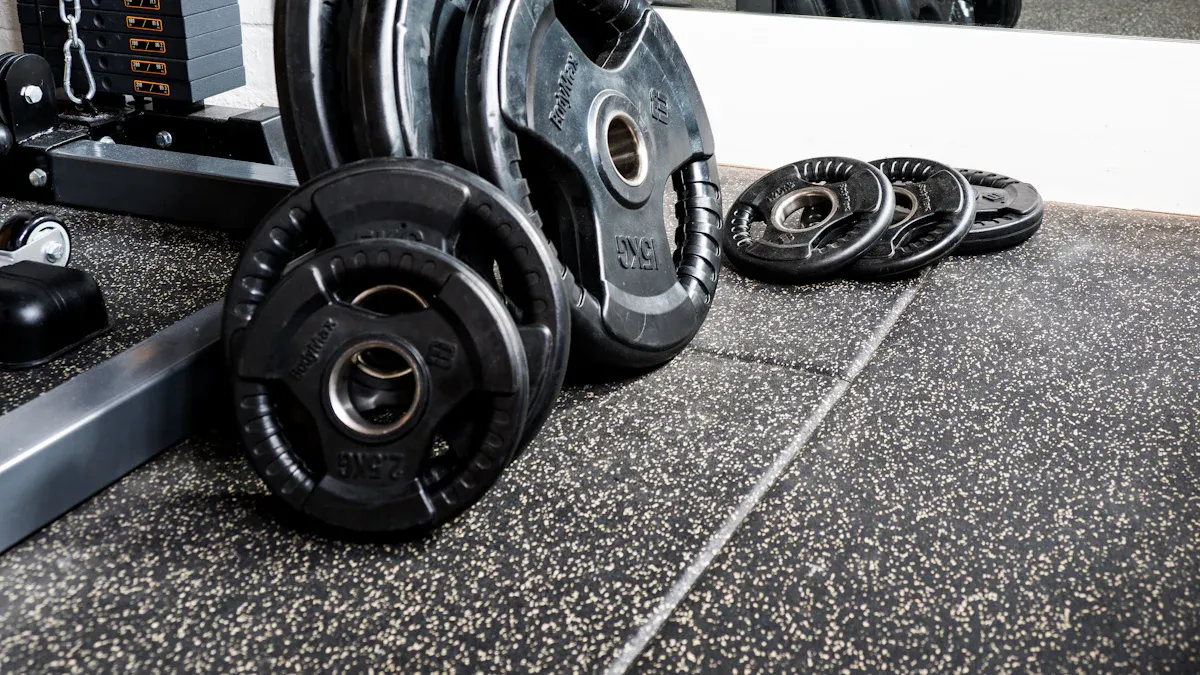

lead clip-on wheel weights
home > lead clip-on wheel weights
REG

| sizes | pcs/box | box/case |
|---|---|---|
| 0.25-0.75 oz | 50 | 20 |
| 1.00-1.50 oz | 50 | 10 |
| 1.70-3.00 oz | 25 | 10 |
coated and uncoated
application
Application to standard-width rim flange thickness passenger car steel wheels with 13”-17” wheel size.
mc

| sizes | pcs/box | box/case |
|---|---|---|
| 0.25-0.50 oz | 50 | 20 |
| 0.75 oz | 50 | 15 |
| 1.00-1.50 oz | 50 | 10 |
| 1.70-3.00 oz | 25 | 10 |
coated and uncoated
application
Application to most North American vehicles equipped with alloy rims.
Many brands like Buick, Chevrolet, Chrysler, Dodge, Ford, Mazda, Oldsmobile.
aw

| sizes | pcs/box | box/case |
|---|---|---|
| 0.25-0.50 oz | 50 | 20 |
| 0.75 oz | 50 | 15 |
| 1.00-1.50 oz | 50 | 10 |
| 1.75-3.00 oz | 25 | 10 |
coated and uncoated
application
Application to North American vehicles equipped with alloy rims that were manufactured prior to 1995.
Many brands like Acura, Buick, Chevrolet, Chrysler, Dodge, Infiniti, Isuzu, Lexus, Oldsmobile & Pontiac.
fn

| sizes | pcs/box | box/case |
|---|---|---|
| 5-30 g | 25 | 20 |
| 35-45 g | 25 | 15 |
| 50-60 g | 25 | 10 |
coated and uncoated
application
Application to most Japanese vehicles.
Many brands like Acura, Honda, Infiniti, Lexus, Nissan & Toyota
t

| sizes | pcs/box | box/case |
|---|---|---|
| 0.25-1.25 oz | 25 | 20 |
| 1.50-3.00 oz | 25 | 10 |
coated and uncoated
application
Application to Most North American light trucks equipped with decorative and larger thickness steel wheels and most light-trucks equipped with alloy wheels.
Steel wheels with a thicker than standard rim flange and light-trucks with non-commercial alloy rims.
iaw

| sizes | pcs/box | box/case |
|---|---|---|
| 5-30 g | 25 | 20 |
| 35-45 g | 25 | 15 |
| 50-60 g | 25 | 10 |
coated and uncoated
application
Application to many new Ford models, on most European vehicles and certain Asian vehicles equipped with alloy wheels.
Many brands like Audi, BMW, Cadillac, Jaguar, Kia, Nissan, Toyota, Volkswagen & Volvo.
application of clip-on wheel weights
//
select the correct application

Refer to a wheel weightapplication guide to choose theappropriate knock-on wheelweight for the vehicle you areservicing. Verify that the wheelweight is correctly applied bytesting its placement on the wheelflange. The clip on the weightshould align seamlessly with theprofile of the flange.
//
Confirm The Correct Installation Location

Position the knock-on wheel weight at the correct location of the imbalance. Before striking it with a hammer, ensure that both the top and bottom of the clip are in full contact with the rim flange, while the body of the weight should not be touching the rim. Always use a soft-tip installation hammer to avoid scratching the rim during the installation process.
//
Strike The Weight

Once the wheel weight isproperly aligned, use a soft-tip installation hammer to strike the clip area. Only strike the clip area twice to secure the weight. Striking the body of the weight or hitting the clip more than twice could lead to clip retention failure or weight movement. Tapping the wrong location or tapping too many times can easily lead to installation failure.
//
Check The Weight Installation Effect
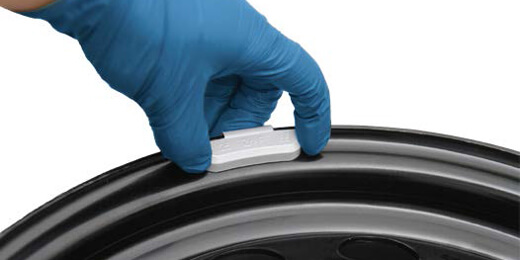
Once the wheel weight is properly aligned, use a soft-tip installation hammer to strike the clip area. Only strike the clip area twice to secure the weight. Striking the body of the weight or hitting the clip more than twice could lead to clip retention failure or weight movement. Tapping the wrong location or tapping too many times can easily lead to installation failure.
related products

EN Type Lead Clip on Wheel Weights
Application to most Japanese vehicles.Many brands like Audi, Mercedes-Benz, Volkswagen.
choosing the right lead clip-on wheel weights
When it comes to maintaining vehicle performance and safety, an often overlooked component is wheel weights. These small but critical items play an important role in balancing wheels, ensuring a smooth ride and extending tire life.
Fortune has been manufacturing clip-on wheel weights for many years and will help you make an informed decision. Read on to learn how to choose Clip-On Wheel Weights and how to improve the performance and life of your vehicle.
Are wheel weights still made of lead?
Traditionally, wheel weights were made of lead, ideal for its density and ductility. As environmental concerns have increased, many manufacturers have turned to alternative materials such as zinc, steel or plastic. However, lead weights can still be used in certain areas, mainly due to their low cost and durability.
What Is Lead Clip-On Wheel Weights?
Lead clip-on wheel weights are small pieces of metal that are fixed to the rim to balance the wheel. Lead is chosen for its ductility and high density, allowing even small-sized weights to effectively balance wheels.
Lead clip-on wheel weights are used in different vehicles to make sure they have a smooth ride:
- Cars: to make driving more comfortable and last longer.
- Trucks help to make sure that things are stable and balanced when there is a lot of weight on them.
- Motorcycles need to be balanced to make sure they’re stable.
- Racing cars: exact adjustments to make the wheels balanced and improve how the car performs.
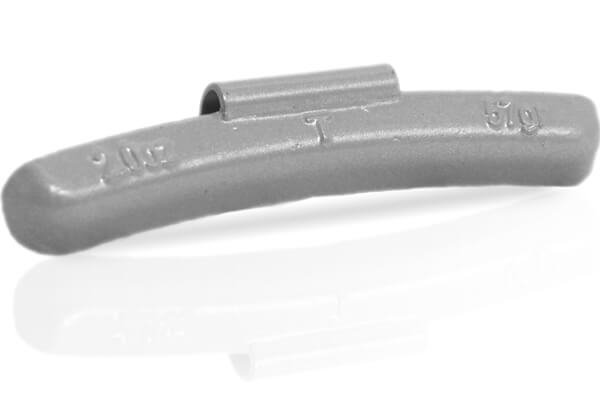
advantages and disadvantages of lead clip-on wheel weights
Cost-effective compared to other types
Lead is usually cheaper than other materials, like zinc or steel. This makes lead weights attractive to both individual vehicle owners and automotive repair shops looking to keep costs down. Then you can spend your budget on other important vehicle maintenance tasks.
Widely applicable to all rim types
The lead clip-on wheel weight is suitable for a wide range of wheel rims, including steel and aluminium. They are popular because they can be used in many different ways, so you don't need to keep lots of different types of stock. The different sizes and styles make them more useful and they fit a wide range of rims.
May corrode with long-term use
Lead clip-on wheel weight have lots of good points, but they also have some bad points. The biggest problem is corrosion. Lead is a soft metal that is easily affected by things like moisture and road salt. If it gets worn out, it won't work as well and the wheels might not be balanced.
Related environmental issues
The biggest concern with the use of lead clip-on wheel weight is the impact on the environment. Lead is toxic and can be hazardous to human health if not handled properly. This has led to restrictions on the use of lead in many areas, leading to the popularity of more environmentally friendly alternatives such as zinc or steel.
Factors to consider when selecting a lead clip-on wheel weights
The way a car is designed affects how easy it is to manoeuvre in different situations. Even weight distribution makes the car more stable and smooth when going round corners. But if they are not used properly, they can make it harder to handle and increase the risk of accidents.
However, choosing the right lead clip-on wheel weights for lead wheels is not as simple as it seems. There are several things to think about, like what kind of car you have and its features, the size and design of the wheels, and where and how you usually drive.
Vehicle type and specification
When choosing a lead clip-on wheel weight block, the type of vehicle needs to be considered first, as different vehicles have different weighting needs. It is important to check the vehicle manual for recommended specifications, as ignoring these recommendations can lead to balancing issues, affecting tire wear, fuel efficiency and safety. If there are any suspension upgrades or wheel size changes, the weight blocks should also be adjusted accordingly to ensure optimum performance.
Wheel Size and Design
Wheel size and design significantly affects the choice of lead clip-on wheel weights. Larger wheels require more counterweight to achieve balance, while smaller wheels require the opposite. Wheel diameter and width should be considered when selecting counterweights as they affect weight distribution and vehicle handling and stability. Specially designed wheels may require specific weight blocks to ensure aesthetics and balance.
Driving conditions and habits
Driving conditions and habits are key considerations when making a choice. City driving, with its frequent acceleration and braking, suggests a slightly heavier weight to improve stability and control, while highway driving may require a lighter weight. Loading and towing can also change the weight distribution of a vehicle and wheel weights need to be adjusted accordingly, if necessary consult a Fortune professional.
Precise balancing, from our clip-on wheel weights
As a professional clip-on wheel weights manufacturer and supplier. Fortune is designed for tire balancing to ensure smooth and safe driving. Made of high-quality materials, the product surface has excellent corrosion resistance, and the sturdy clip design can be firmly fixed on steel or alloy rims, suitable for a variety of models from passenger cars to heavy trucks.
Fortune products are highlighted by simple installation and high efficiency. Their unique design saves time and effort during the assembly process while ensuring that the weights remain stable and durable under extreme driving conditions.
Whether you are an OEM or a distributor, our clip-on wheel weights can bring you consistent high-quality performance. Please browse our product catalog now to find the balancing solution that best suits your needs!

Frequently asked questions about lead clip-on wheel weight
Can I reuse clip-on wheel weights?
Lead clip-on wheel weight blocks are usually reusable in good condition. Before reuse, they should be inspected for damage such as cracks, corrosion or weakened clamping force. Ensure that the clamps are secure and that the weights are not deformed before they can be safely re-installed. Always clean and balance weights to prevent sticking and performance problems.
Why did my wheel weight fall off?
Wheel weights can fall off for several reasons: improper installation, loose or worn clamps, road vibrations, or exposure to harsh conditions such as water, salt, or extreme temperatures that cause the clamp’s grip to weaken. This can also happen if the wheel surface is not clean or the weight is not designed for your wheel type.
How can I ensure my wheel weights are secure?
To make sure the lead clip-on wheel weight is secure, you need to clean the wheel surface to remove dirt and grease, and tighten the clamp correctly to avoid over-tightening it. Choose weights that are the right size and match the material of the wheel. Check the weights regularly to see if they are loose or worn, especially after driving in bad weather. Apply anti-corrosion coating to the clamps to keep them from rusting.
